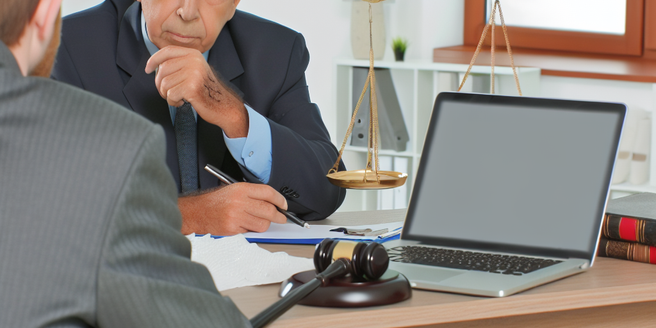
Understanding Product Liability Judgments
Product Liability Judgments hold manufacturers or distributors accountable for injuries caused by faulty or defective products, resulting from when a product malfunctions or leads to damage. Understanding these rulings requires knowledge on product safety standards and evidence required to prove product defects and establish liability.
Such judgments occur when daily-used products malfunction and injure users, possibly due to manufacturers’ inability to foresee and avoid certain factors. The injured party can sue, and if the court rules in their favor, a Product Liability Judgment is issued.
Product safety standards are guidelines ensuring product safety and performance determining if a product was defective or a manufacturer negligent. Validating product defects requires proof of the product being faulty and used as intended during the injury, the defect being present at the time of sale, and its direct causation of the injury. Understanding these aspects is vital for comprehension of these judgments.
Important Elements of an Effective Appeal
An effective appeal in product liability judgments should focus on addressing legal errors that could have potentially influenced the trial court’s decision. It is essential for the appealing attorney to have a deep understanding of both the nuances of the product liability law and the specifics of the case at hand. This scope of knowledge aids the lawyer in structuring their argument in the most effective manner. These elements include identifying problematic evidence, challenging improper rulings, and arguing about misinterpretations of law. A compelling appeal should also articulate these issues clearly, persuasively, and point to specific instances in the lower court’s record where errors were made.
Steps to File Your Appeal
To file an appeal against a product liability judgment, begin by notifying all parties involved via a Notice of Appeal. Then, secure legal representation if you haven’t done so already, as navigating the appeal process can be intricate. Thereafter, arrange for transcripts of the lower court proceedings. Once you have the transcripts, make sure they are meticulously reviewed for any discrepancies or errors. File an Appellant’s opening brief, wherein you detail the alleged errors and why they warrant a reversal or modification of the judgment. Ensure all procedures are followed to the letter to avoid complications.
Potential Grounds for Challenging a Product Liability Judgment
Product liability legal claims commonly face challenges categorized as legal errors, factual errors, and verdicts contradicting the weight of the available evidence. Legal errors, such as misinterpreting product liability laws or improperly admitting or refusing evidence, can risk the fairness of the trial. Factual errors refer to situations where the jury’s decision substantially differs from the given evidence, creating an inconsistency with the facts that grants scope for challenging the verdict. Lastly, a verdict can be contested if it significantly contrasts with the evidence’s weight, even if there’s enough legal evidence supporting the verdict. Therefore, these three types of obstacles are the primary means to challenge a product liability judgment.
Understanding the Appeals Court Process
The Appeals Court process begins with the filing of a notice of appeal and concludes with an oral argument before a panel of judges. Before the oral argument, both parties submit written briefs outlining their arguments and the legal basis for the appeal. Following submission, these briefs are rigorously examined by the judges in preparation for the oral argument. The judges thereafter deliberate based on the presented arguments and the case record, ultimately issuing a written opinion. It’s crucial to understand that appeals courts do not retry the case, rather they review the trial court’s record for errors.
Managing Expectations and Preparing for Outcomes
Filing an appeal after a court judgment is not an assurance that the court’s original decision will be reversed. It’s important to manage expectations about the appeals process and prepare for a range of possible outcomes. This calls for a realistic outlook and understanding the intricacies of the process. Any appeal can yield various outcomes from a full reversal of the lower court’s judgment to a modification of the court’s initial decision. In some cases, the court of appeals upholds the original verdict, whereas in others, it may remand the case for a new trial due to issues with the primary trial’s conduct or conclusions. Therefore, while an appeal might offer a chance for change, it isn’t a guaranteed route to overturn a court’s initial judgment. It is wise to prepare for all potential consequences that may arise in this part of the legal process.
